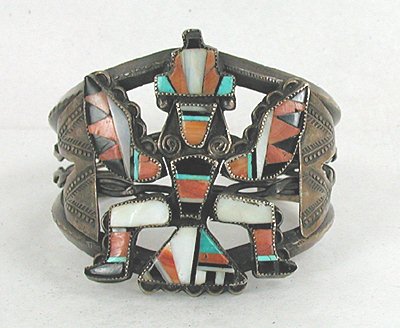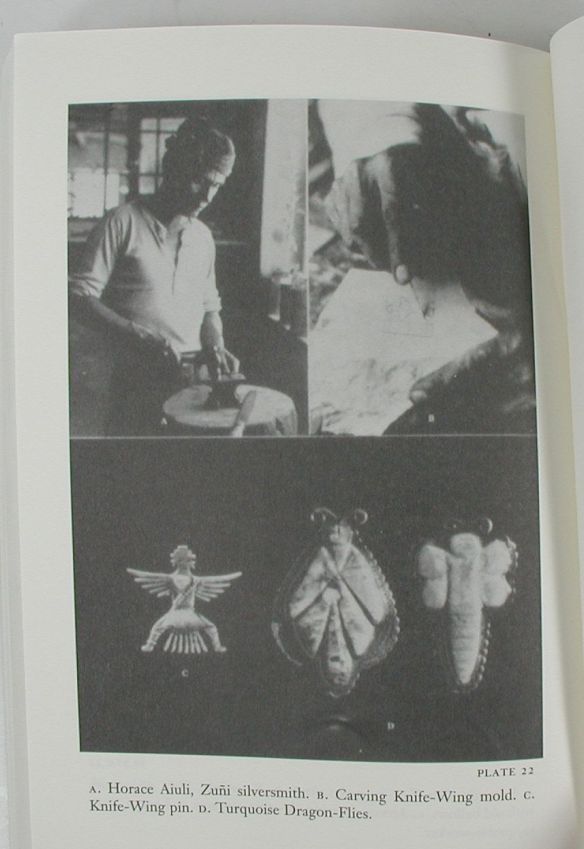In days gone by, small to medium pins were commonly worn on blazer lapels, sweaters, coats, jackets, scarves. clutch purses and hats…………pins were a fashion staple.
See the slide show below for samples of classic Navajo pins.
A brooch is a large decorative piece of jewelry pinned to a sweater or dress to complete and outfit and make a bold statement. Large grandmother pins can be thought of as a brooch.
Native American artists have made many styles of pins over the years and continue to do so today. They range in size from tie tacks and hat pins all the way up to large petit point pins and employ all types of animals, symbols and designs.
See the slide show below for samples of Zuni, Hopi and Navajo symbols.
Although I have written about ways to use pins in previous blog posts, truth be told, I rarely use pins unless it is as a pendant, using a pin-to-pendant converter.
See these articles:
Native American Pins Beautify Handbags
Like many Native American jewelry aficionados, I have accumulated quite a few pins and rather than just look at them in a drawer or box, I decided to use a denim vest to display some of them.
See the slide show below for examples of animal pins.
Butterfly pins are popular by both Zuni and Navajo artists.
Cluster and grandmother pins are made by both Zuni and Navajo artists.
Paula
































